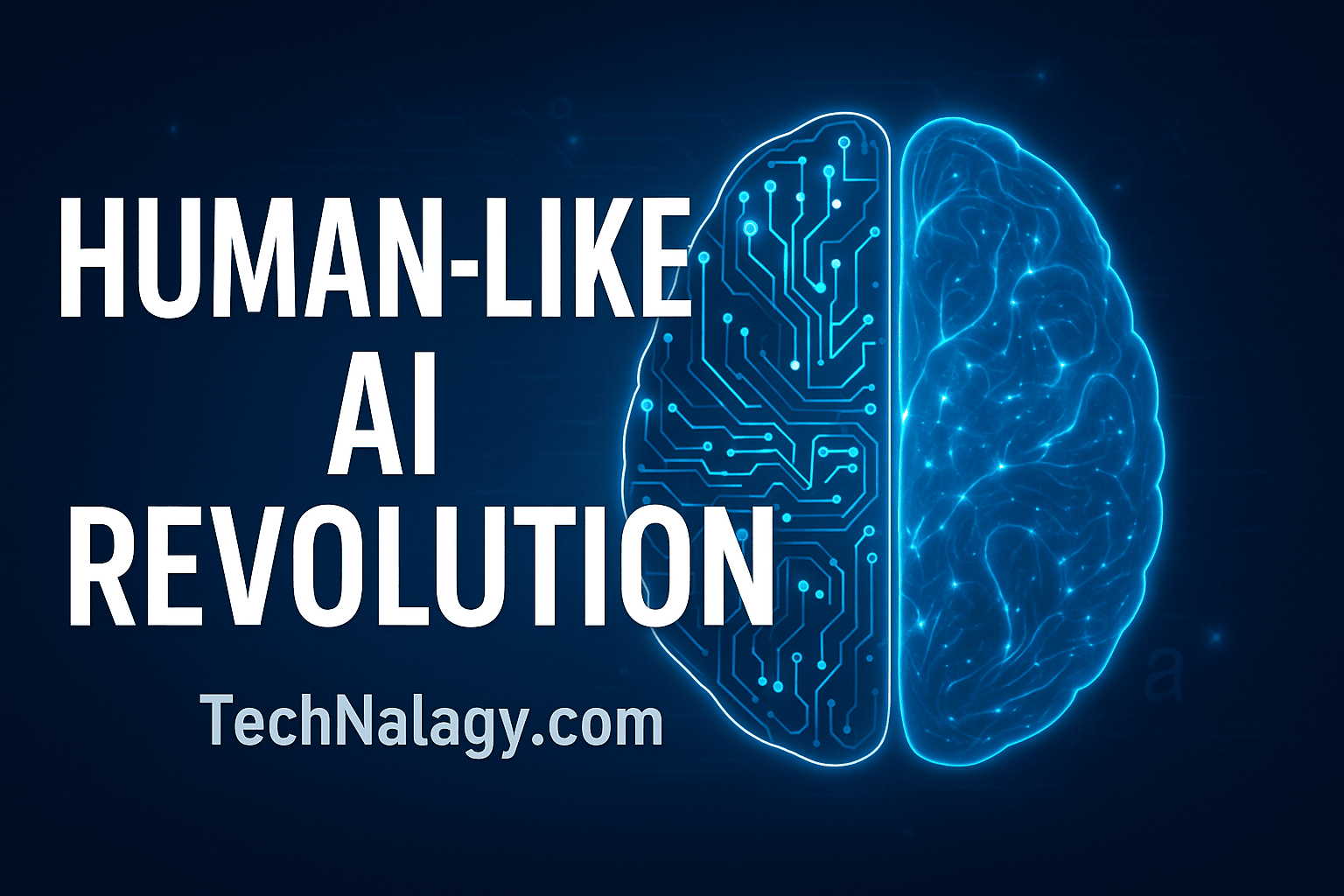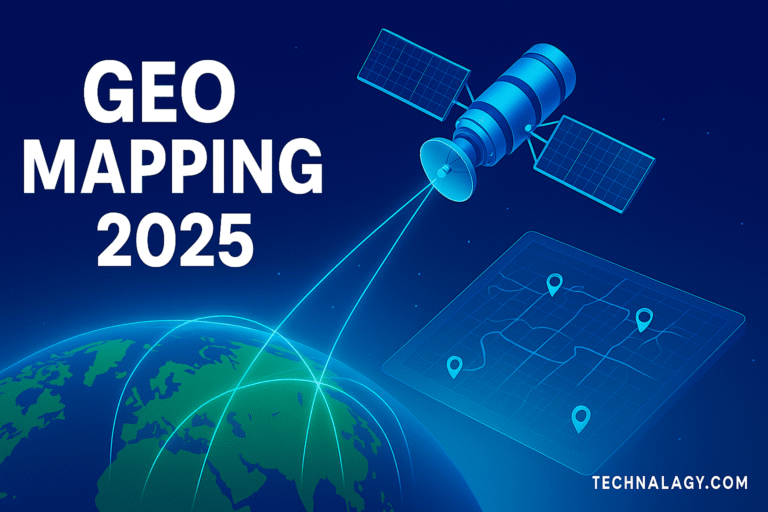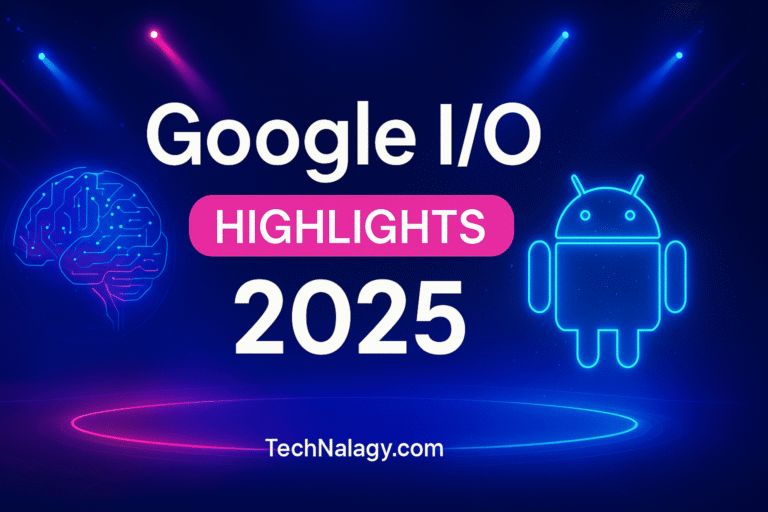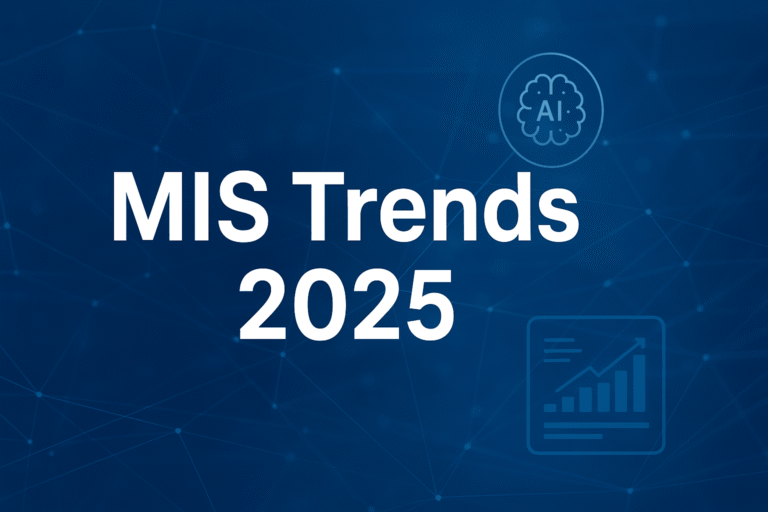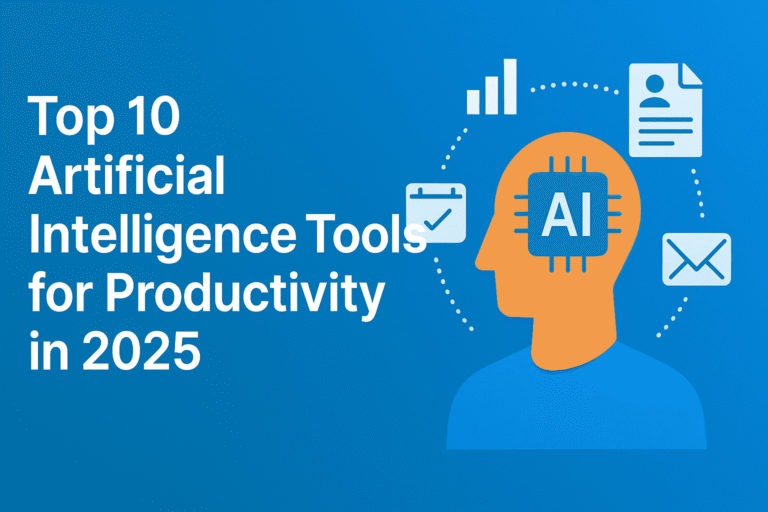The Rise of Neuro-Symbolic AI: A New Era of Human-Like Reasoning in 2025
In 2025, artificial intelligence has reached a defining moment. The world is no longer satisfied with machines that merely recognize images, predict words, or analyze data. The next frontier is understanding and reasoning — something that, until recently, only humans could do.
This new era of intelligent systems blends the raw learning power of neural networks with the structured reasoning of symbolic logic — a combination known as Neuro-Symbolic AI. It represents a leap forward in AI’s ability to think, not just compute. Tech giants like IBM, MIT, and Google DeepMind are already exploring this hybrid approach to create systems that can reason, explain, and justify their decisions.
In this detailed 2025 guide, we’ll explore how this breakthrough works, its real-world applications, and how it could bring us closer to true human-like intelligence.
Table of Contents
What Is Neuro-Symbolic AI?
Artificial intelligence has evolved beyond simple pattern recognition and data analysis. Traditional neural networks excel at spotting patterns in massive datasets but often fail to explain their reasoning. In contrast, symbolic AI relies on logic, rules, and structured relationships to think through problems — yet it struggles to learn from unstructured data.
The modern solution lies in a hybrid AI model that combines these two strengths. Neural networks handle perception tasks such as vision and speech, while symbolic reasoning manages logic and inference. This blend gives machines the ability to not only recognize what something is but also understand why it is true.
For example, a conventional AI might identify an animal as a cat. But a Neuro-Symbolic AI system can go a step further — recognizing that a cat is a mammal, it has four legs, and it meows — seamlessly connecting recognition with reasoning.
Why Neuro-Symbolic AI Matters in 2025
The world of 2025 demands more trustworthy and explainable AI. Industries from healthcare to finance need systems that don’t just predict outcomes—they need ones that can clearly explain the reasoning behind those predictions.
Neuro-Symbolic AI provides exactly that. It enables machines to reason through logic-based frameworks, making AI decisions more transparent, ethical, and easier to trust. This capability is transforming critical sectors such as:
- Medical diagnosis – where explainability can save lives.
- Autonomous vehicles – where reasoning helps prevent accidents.
- Legal technology – where transparency in decision-making is essential.
As explored in AI in Everyday Life: How Artificial Intelligence Is Powering 2025 and Beyond, artificial intelligence is already deeply integrated into our routines. Neuro-Symbolic AI takes this evolution further by making everyday interactions more intuitive, reliable, and human-like.
How Neuro-Symbolic AI Works – The Science Behind It
The Neural Component – Learning from Data
Neural networks are responsible for pattern recognition—detecting faces, understanding speech, or interpreting images. They process massive datasets to learn statistical relationships, much like the human brain learns through experience.
The Symbolic Component – Logic and Knowledge
Symbolic reasoning, in contrast, uses formal logic, ontologies, and rules. It’s how humans use structured knowledge — for instance, knowing that “if A is bigger than B, and B is bigger than C, then A is bigger than C.”
The Fusion – Integrating Logic with Learning
The real innovation in Neuro-Symbolic AI is its integration of these two. Neural layers process sensory input, while symbolic layers apply reasoning to interpret those results. Together, they form a hybrid system capable of understanding context, reasoning causally, and explaining its conclusions.
This architecture is not only more intelligent but also more trustworthy—a quality missing in many black-box AI models.
Real-World Applications of Neuro-Symbolic AI
- Healthcare
AI-driven diagnostics are becoming more transparent and reliable. Advanced systems can explain their medical conclusions by logically linking symptoms, causes, and potential outcomes — a major step toward trustworthy digital medicine. - Finance
In financial analysis and fraud detection, hybrid AI models learn patterns from vast data sets and apply logical reasoning to verify transactions, improving both accuracy and decision transparency. - Autonomous Systems
Next-generation self-driving vehicles can now reason through cause-and-effect scenarios — understanding that if an obstacle appears, the safest action is to slow down or stop, rather than react blindly. - Education and Learning Systems
Adaptive learning platforms analyze student behavior and tailor lessons intelligently, creating more personalized and effective educational experiences based on comprehension patterns. - Robotics
Modern robots capable of combining perception with reasoning can perform complex, multi-step tasks safely and efficiently — from industrial automation to home assistance.
This evolution marks the dawn of truly intelligent systems that understand context, adapt to new situations, and make decisions much like humans do.
Key Technologies and Frameworks Powering Neuro-Symbolic AI
Developers exploring this field often rely on cutting-edge frameworks for both deep learning and logic reasoning. Libraries like TensorFlow, PyTorch, and OpenCog are being adapted to support hybrid reasoning.
Developers can utilize tools mentioned in Best Machine Learning Libraries for Python in 2025 to prototype early Neuro-Symbolic systems. These frameworks enable researchers to combine neural embeddings with logic-based structures like knowledge graphs and reasoning engines.
This combination of technologies makes it possible for AI models to interpret data, connect facts, and explain their decision paths — a vital step toward Explainable AI (XAI).
Neuro-Symbolic AI vs. Neural Interfaces
While one technology focuses on reasoning and logical interpretation, the other aims to connect the human brain directly to digital systems. Both share the same long-term vision — bridging the gap between human cognition and artificial intelligence.
As detailed in Neural Interfaces 2025: How Brain-to-Computer Tech Is Reshaping Human Potential, brain–AI connections enable machines to interpret and respond to human thought patterns. Meanwhile, reasoning-based systems give those machines the ability to understand the meaning behind those signals.
Together, these breakthroughs are shaping the foundation of next-generation human–machine collaboration, unlocking possibilities once considered purely science fiction.
The Role of Explainable AI and Ethical Reasoning
One of the biggest challenges in AI today is explainability. Deep learning systems are powerful, but they’re often “black boxes.” Neuro-Symbolic AI solves this by creating transparent logic layers that can justify decisions.
This shift enhances user trust and paves the way for ethical AI — systems that align with human values and accountability standards. In industries like law or medicine, explainable decisions are not just preferred—they’re required.
Challenges and Limitations of Neuro-Symbolic AI
Despite its promise, Neuro-Symbolic AI faces several hurdles:
- Integration complexity: Merging neural and symbolic layers isn’t easy.
- Data quality: Logical reasoning requires clean, structured datasets.
- Computational demand: Hybrid AI systems are resource-intensive.
- Lack of frameworks: Few open-source libraries support Neuro-Symbolic reasoning fully.
However, research institutions and companies are rapidly addressing these issues, pushing the field closer to practical deployment.
The Future of Neuro-Symbolic AI (2025–2030 Outlook)
Between 2025 and 2030, expect Neuro-Symbolic AI to move from labs into mainstream industries. It will likely power the next generation of autonomous reasoning systems, ethical AI governance models, and even Artificial General Intelligence (AGI) frameworks.
According to MIT Technology Review, Neuro-Symbolic AI is considered one of the most promising routes toward truly understanding intelligence — not just replicating it.
The combination of logic, learning, and reasoning could mark the next evolution of AI: one where machines don’t just calculate outcomes but genuinely understand them.
Conclusion – The Path Toward True Artificial Understanding
The rise of Neuro-Symbolic AI marks a new chapter in humanity’s technological evolution. By merging the best of neural learning and symbolic reasoning, we’re building systems that can understand, explain, and reason — not just predict.
In 2025, this fusion represents more than a scientific breakthrough; it’s a philosophical leap toward human-like cognition in machines. The next decade will see Neuro-Symbolic AI defining trust, transparency, and the very nature of intelligence itself.
FAQs About Neuro-Symbolic AI
What makes Neuro-Symbolic AI different from traditional AI?
Traditional AI relies on data-driven learning, while Neuro-Symbolic AI combines that with logical reasoning to provide explanations and structured understanding.
How does Neuro-Symbolic AI help in explainable AI?
It introduces symbolic reasoning layers that justify how decisions are made, making AI systems more transparent and trustworthy.
Is Neuro-Symbolic AI part of Artificial General Intelligence (AGI)?
Yes. Many experts believe Neuro-Symbolic AI is a key pathway to achieving AGI because it mimics human thought processes.
What are the main challenges in implementing Neuro-Symbolic AI?
Integration complexity, data quality, computational costs, and limited frameworks remain the biggest hurdles.
Which industries are leading in Neuro-Symbolic AI research?
Healthcare, finance, robotics, and autonomous systems are at the forefront, with major contributions from IBM, MIT, and DeepMind.

Kamran Khatri is the founder of technalagy.com, where he shares insights on AI, future tech, gadgets, smart homes, and the latest tech news. Passionate about making innovation simple and accessible, he writes guides, reviews, and opinions that help readers stay ahead in the digital world.

